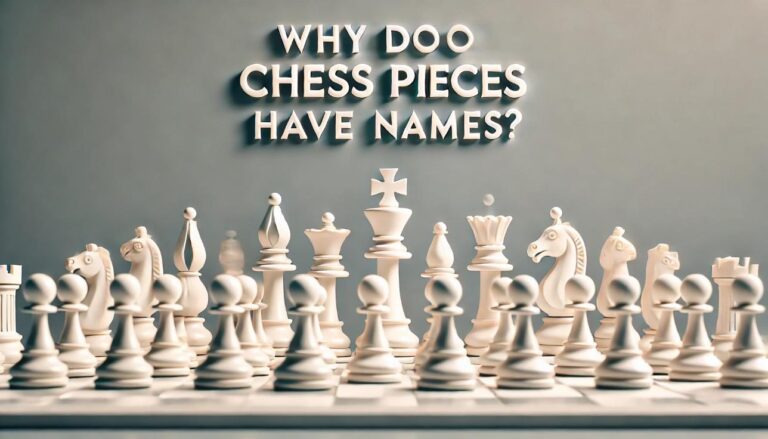Section 1: Introduction to Chess Pieces
Chess is a strategic board game that has been played for centuries. It originated in India and has evolved into the popular game we know today. One of the most important components of the game is the chess pieces. These are the small figures that are used to play the game and represent different characters on a chessboard.
In the early days, chess pieces were made from a variety of materials such as ivory, bone, and even precious metals. However, the most commonly used material for making chess pieces is wood due to its availability and ease of carving. In this guide, we will discuss the different types of wood used to make chess pieces, their characteristics, and how they affect the overall quality of the game.
Section 2: Types of Wood Used for Chess Pieces
There are numerous types of wood that can be used to make chess pieces, each with its unique appearance and properties. Let´s take a look at some of the most popular woods used to make chess pieces:
1. Boxwood
Boxwood is the most commonly used wood for making chess pieces. This type of wood is known for its fine grain, durability, and easy workability, making it an ideal choice for carving intricate designs. It also has a light yellowish color, which makes it a great option for dyeing and staining to achieve different shades.
2. Rosewood
Rosewood is a dark-colored wood that is often used to make higher-end or luxury chess pieces. It has a strong and dense grain, making it very durable and able to withstand constant use. Its dark color and smooth texture make it a popular choice for traditional and classic chess sets.
3. Ebony
Regarded as one of the most luxurious woods, ebony is often used for high-end chess pieces. It is characterized by its dark, rich color, and fine texture. The density of ebony makes it challenging to carve, but the end result is worth it. This wood is also very durable, so it will last for generations.
4. Sheesham
Sheesham, also known as Indian Rosewood, is a popular choice for chess pieces due to its affordability and unique grain patterns. It has a light to medium-brown color and can be easily carved, making it suitable for both traditional and modern chess sets.
5. Maple
Maple is a light-colored wood that is often used to make the light pieces in a chess set. It has a fine grain and a smooth finish, making it perfect for intricate carvings. Maple is also very versatile, and it can be stained to achieve different shades.
Section 3: How Wood Affects the Quality of Chess Pieces
The type of wood used to make chess pieces can greatly impact the overall quality of the game. Here are some ways in which wood affects the quality of chess pieces:
1. Durability
The durability of a wood species can determine how long your chess pieces will last. Hardwoods like ebony and rosewood are more durable and can withstand frequent use without getting damaged. Softer woods like maple and boxwood may be prone to chipping or breaking over time.
2. Carving Difficulty
Some types of wood are easier to carve than others. For instance, boxwood and maple are relatively soft and easy to carve, making them ideal for intricate designs. On the other hand, harder woods like ebony can be challenging to carve, resulting in a more expensive and time-consuming process.
3. Appearance
The type of wood used can also affect the appearance of the chess pieces. The color, grain pattern, and texture of the wood can add character and uniqueness to the pieces. For example, rosewood´s dark color gives a more traditional and classic look, while boxwood offers a lighter, more modern feel.
Section 4: Conclusion
In conclusion, wood is an essential element in the making of chess pieces. Different woods have their own unique characteristics, and their selection can greatly impact the quality and appearance of the pieces. Choosing the right type of wood for your chess pieces ultimately depends on personal preferences, budget, and desired aesthetic. Whether it´s a classic rosewood set or a modern maple one, the type of wood used will undoubtedly affect the overall quality of your chess experience.
Hopefully, this comprehensive guide has given you a better understanding of what wood is used to make chess pieces. So, the next time you play a game of chess, take a moment to appreciate the intricacies of the wooden pieces in your hands.

